In the latest developments within Iran's steel industry, the export prices for steel billets have remained stable this week, prices ranging from $475 to $480 per ton (FOB). Similarly, the price of export slabs held steady at $455 to $460 per ton. Despite Despite this stability, the sector is grappling with significant challenges that are affecting export volumes and overall market dynamics.
Electricity Consumption Restrictions
Steelmakers in Iran are currently facing stringent restrictions on electricity consumption. These limitations have had a direct impact on production capabilities, leading to a noticeable reduction in the output of steel ingots. As a result, the volume of steel billet exports has stagnated, adding pressure on producers to manage their supply chains efficiently amidst these constraints.
Reduced Production and Export Stagnation
The enforced reduction in production due to electricity restrictions has further exacerbated the stagnation in steel billet exports. The limited production capacity means that less product is available for export, thereby constraining Iran's ability to meet international demand.
Economic Interplay and Future Outlook
The current dynamics in Iran’s steel industry underscore a complex interplay of economic factors. While external challenges such as electricity restrictions and subdued foreign demand are impacting exports, the domestic market continues to show robust activity. Producers and exporters are navigating these multifaceted challenges, adjusting strategies to balance between domestic demand and the constraints on international trade.
As the industry moves forward, stakeholders will need to monitor these variables closely, adapting to both internal and external pressures to sustain growth and maintain stability in Iran’s steel market.
Iran's second-largest steel producer, Khouzestan Steel Company, has suspended operations due to a severe power shortage. The shutdown, which began a week ago, follows several weeks of reduced operations caused by persistent electricity outages. Each day of the shutdown results in a significant loss of approximately $15 million.
Earlier this year, reports highlighted that Iran faced critical shortages of electricity and gas, both essential for steel production. Reza Shahrestani, an Iranian industrialist, noted that the steel industry requires 40 million cubic meters of gas daily but was receiving only 15 million cubic meters. Additionally, nearly 50% of the electricity supply to industries had been cut off. Economist Ahmad Alavi stressed that the shutdown of Khouzestan Steel Company has repercussions beyond the direct financial loss. Numerous businesses in various sectors rely on the steel industry and will experience losses due to this halt.
The power shortage is impacting not only small businesses and plants but also key industries. The Iran Steel Producers Association has called for an end to electricity supply restrictions on steel plants to mitigate the crisis. The persistent power shortages underscore the urgent need for sustainable solutions to support Iran's industrial sectors. In summary, Iran’s steel industry is facing a critical situation due to ongoing power shortages, affecting production and the delivery of products. The call for leniency in delivery delays highlights the severity of the crisis and its broader economic implications.


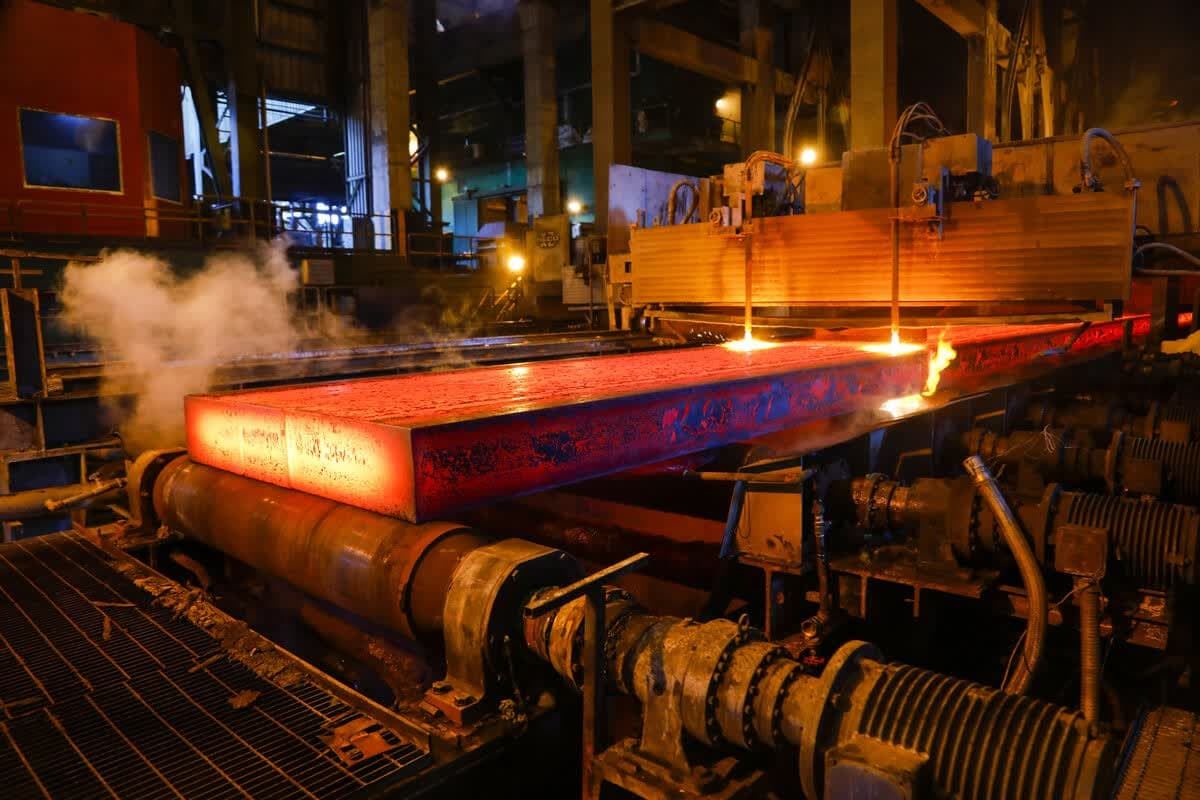

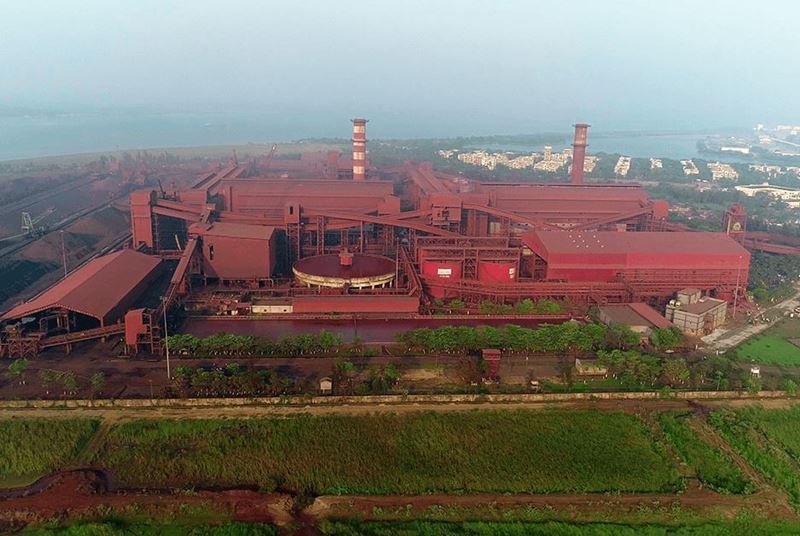
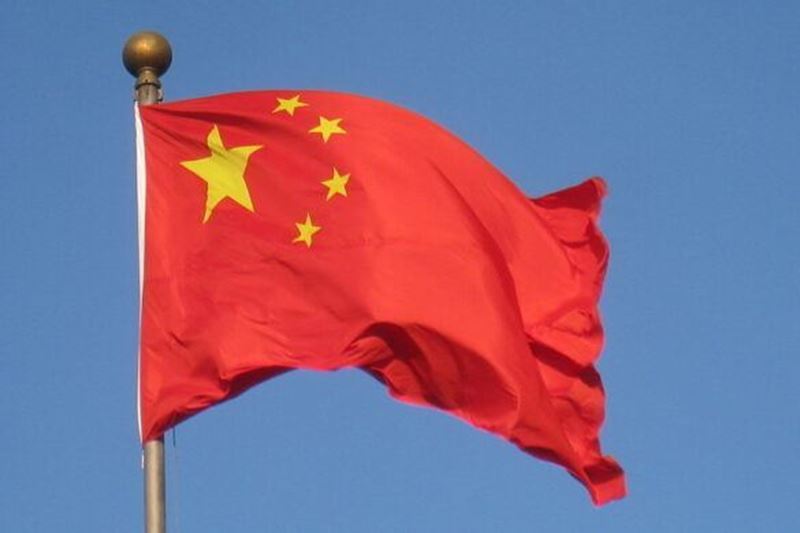
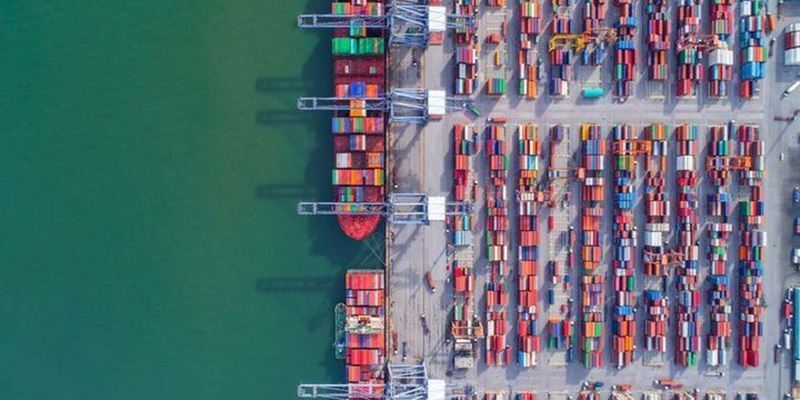

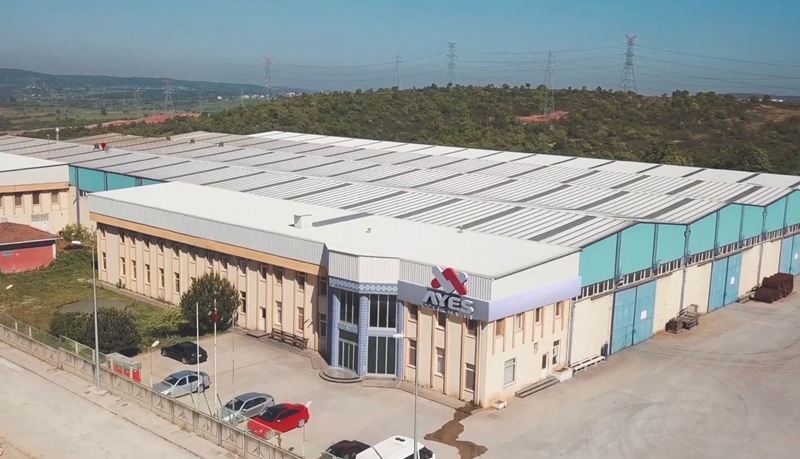


Comments
No comment yet.